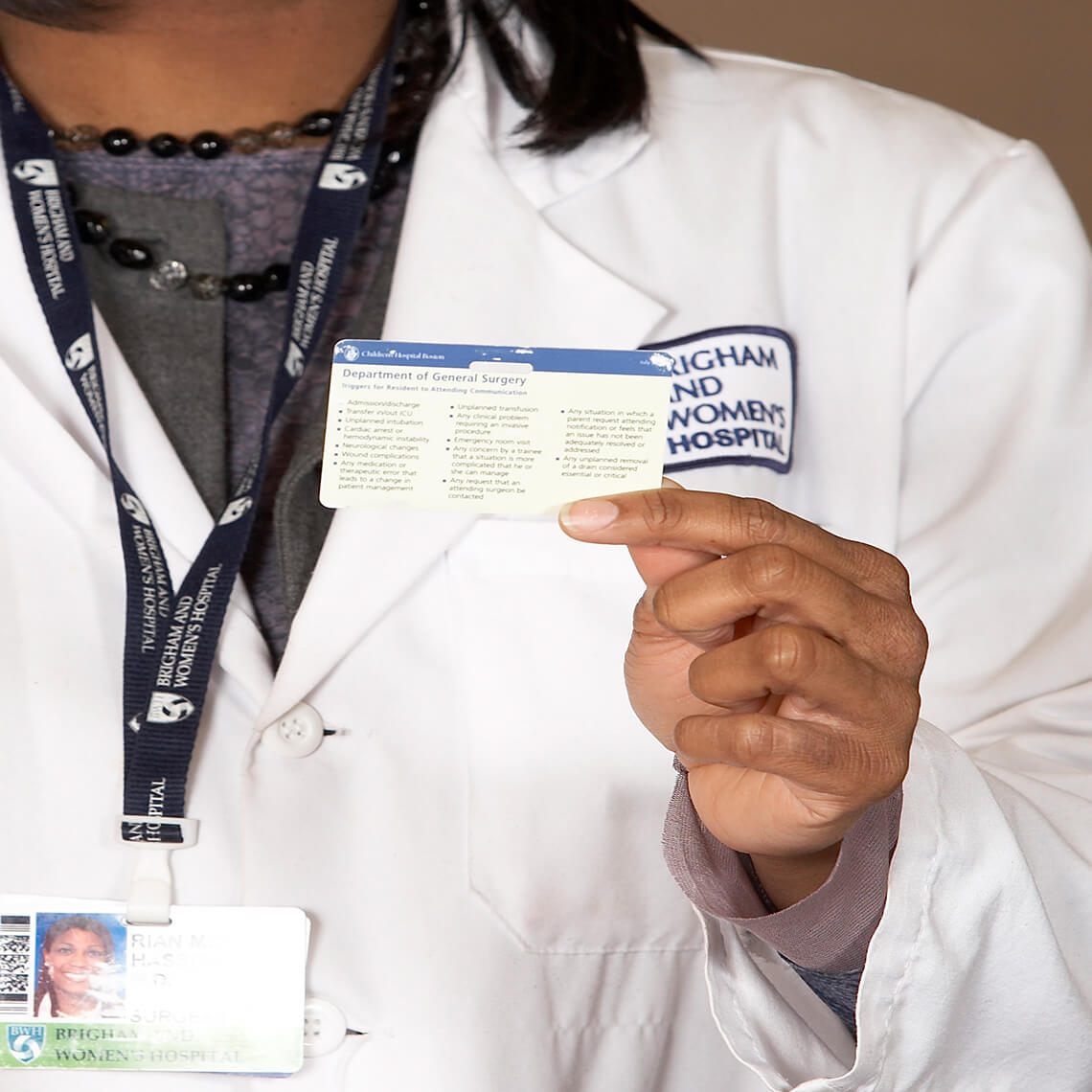Blog Post
Twin Delivery Claim Abstract Illustrates the Benefits of Being Prepared for the Worst

To illustrate how things can go horribly wrong, and how preparing for the worst might be beneficial, we present a closed claim abstract (in which names and details have been modified).
Janet Levine’s second pregnancy was uncomplicated, except that she was carrying twins and the uppermost co-twin was in a breech presentation. Ms. Levine planned with Dr. Jennings, her OB/Gyn, to deliver her twins at a community hospital. They scheduled an induction, and the first twin was delivered vaginally, without difficulty.
When Dr. Jennings encountered problems delivering the second twin, he re-confirmed that it was still a breech presentation. During an attempt to turn the baby, the membranes ruptured. The umbilical cord was wrapped around the baby’s feet and lower body. Dr. Jennings continued with attempts to re-position the baby head-first for a vaginal delivery. When the cervix contracted on his hand, he called for the anesthesiologist to administer nitrous oxide to relax the uterus for further attempts to reposition the baby.
The room did not have an ultrasound machine, and the nurse monitored the baby’s heart rate with a hand held device. At one point the heart rate dropped to 43 beats per minute, but Dr. Jennings believed delivery was imminent. More time passed without successful vaginal delivery and so, he eventually called for a C-section.
The baby was born with very low Apgars. The infant had no gag reflex, and an EEG demonstrated severe brain damage. The baby was diagnosed with spastic quadriplegia and was blind and deaf prior to her death nearly six months later.
The parents sued Dr. Jennings, alleging negligent delays in delivery and treatment of fetal distress. The plaintiff’s expert witness had to be replaced less than two weeks before trial. Expert reviews for the defense were mixed. But the defense team believed it could prevail at trial with an effective defendant and expert witness. The jury returned a verdict for the defense.
Related:
- Taking Root Cause Analysis to the Next Level: From Rearview Mirror to Looking Out the Front Window
- CRICO OB Guideline 21: Management of Twins
Related Blog Posts
Investing in Patient Safety


Mind the Gaps: Learning How to Avoid Miscommunication Pitfalls
January Safety Salute | MedStar Health Creating a Just Culture

